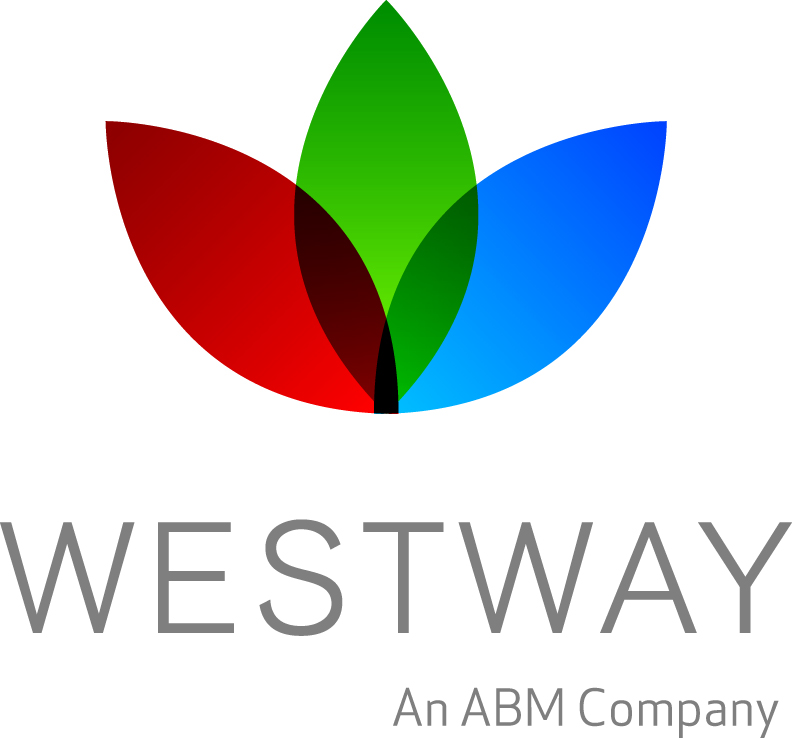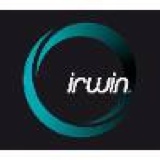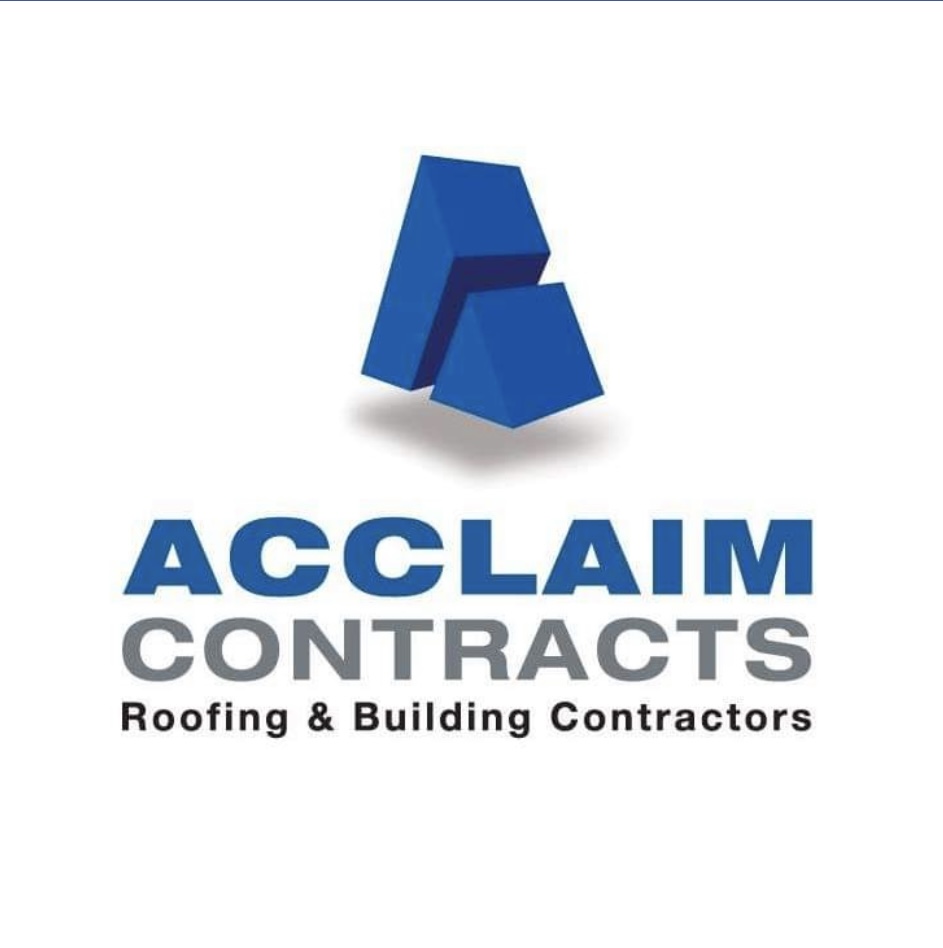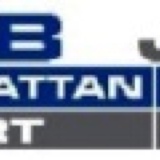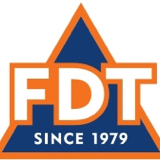Information
-
Audit Title
-
Document No.
-
Client / Site
-
Conducted on
-
Prepared by
-
Location
-
Personnel
FIRST AID
-
Is first aid equipment available on site.
-
Are first aid kit properly stoked?
-
Are first aid trained coworkers on site?
-
Are CPR trained coworkers on site
-
Are coworkers aware of the address of the site and capable of giving directions to emergency crew
HOUSEKEEPING & SANITATION
-
Is general neatness of working areas aceptable?
-
Is good housekeeping observed?
-
Are passageways and walkways clear and free of debris?
-
Are exposed nails removed or bent over?
-
Are waste and trash containers provided and used?
-
Is there and adequate number of clean sanitary facilities?
-
Is temporary storage of materials and supplies done in a organized fashion?
PERSONAL PROTECTIVE EQUIPMENT (PPE)
-
Are hard hats being worn?
-
Are proper leather boots utilized for foot protection?
-
Is eye protection used when grinding, sawing, chipping, placing concrete
-
Is respiratory protection being used when conditions require them?
-
Is hearing protection being used by coworkers that may be exposed to noisy conditions?
-
Are coworkers using proper hand protection?
-
Are all staff and visitors are wearing Hi-Viz vests or jackets.<br>Ensure Hi-Viz clothing is not damaged.
CONCRETE & MASONRY CONSTRUCTION
-
Are all cuts being made with water saws?
-
Are forms properly installed and braced?
-
Is formwork adequate to support the intended load during concrete placing?
-
Are protruding rebars properly covered?
-
Are clear pathways maintained through stripping areas?
FIRE PROTECTION & PREVENTION
-
Are extinguishers readily accessible?
-
Do fire extinguishers have current inspection tags?
-
Is there a clear path to fire hydrants for the fire deparment?
-
Are "No Smoking" signs posted where needed?
-
Are all flammable liquid containers clearly identified?
-
Are all flammable liquid containers metal cans that are UL or FM listed?
-
Have proper storage practices for flammables been observed?
-
Have gas cylinders been chained upright with valve caps securely fastened?
-
Are temporary heaters located at a safe distance from combustibles?
-
Is ventilation adequate for temporary heaters?
HAZARD COMMUNICATION
-
Do the coworkers know the location of the master MSDS book?
-
Are MSDS sheets maintained on each product in use?
-
Are MSDS labels on each chemical container that is unmarked.?
-
Are coworkers properly trained on hazardous chemicals present?
DUST, GASES, VAPORS, FUMES & MISTS
-
Is adequate ventilation provided?
-
Is protective equipment used to protect against over-exposure?
-
Are coworkers made knowledgeable of the hazards when working with harmful agents?
HANDLING & STORAGE OF MATERIALS
-
Are materials properly stored and stacked?
-
Are passageways clear?
-
Proper number of workers for each operations?
LIFTING OPERATIONS
-
The riggers had the appropriate training
-
Are the rate capacity/safe working loads clearly marked
-
Is the rigging equipment been inspected before use
-
Are the lifting operations at a minimum clearance of 20" from the power lines
FLAMMABLE GASES & LIQUIDS
-
Has there been proper segregation between flammable gas cylinders?
-
Proper labeling of full and empty flammable gas cylinders?
-
Are proper type and number of fire extinguishers nearby?
HAND TOOLS
-
Are tools neatly stored and accessible when not in use?
-
Are tools being carried safely?
-
Is the proper hand tool used for the task?
-
Are hand tools and other equipment regularly inspected for safe conditions?
-
Are the handles on hand tools in good condition, not bent, splintered or broken?
-
Are the heads of chisels or punches ground periodically to prevent mushrooming?
-
Are cutting edges kept sharp so the tool will move smoothly without binding or skipping?
POWER TOOLS & POWDER ACTUATED TOOLS
-
Are power tools inspected before use?
-
Are tools inspected for frayed and damaged cords?
-
Are tools and cords properly grounded and are ground pin in good condition?
-
Are double insulated tools in use and in good condition?
-
Are tools neatly stored and accessible when not in use?
-
Are tools being carried safely?
-
Is the proper power tool being used for the task?
-
Are guards in place on the tool and in good condition?
-
Are portable circular saws equipped with guard above and bellow the base or shoe?
-
Are rotating or moving parts of equipment guarded to prevent contact by coworker?
-
Are all hoses on air or hydraulic tools in good condition?
ELECTRICAL
-
Are extension cords free of nicks, gouges or cuts?
-
Are cords ends inspected for proper grounded prongs?
-
Are power cords protected in traffic ways?
-
Are GFCI's and/or assured equipment grounding conductor programs being used?
-
If temporary lighting is provided, are bulbs protected against accidental breackage?
LADDERS
-
Is the proper ladder being used for the task?
-
Are portable ladders adequate for their purpose?
-
Are step ladders fully open when in use?
-
Are ladder rungs in good condition, none missing or broken?
-
Are safety shoes/cleats on the bottom of the ladder?
-
Is the proper foundation present at base of ladder?
-
Are ladder properly secured to prevent slipping, sliding or falling?
-
Do side rails extend 36" above top of each landing?
-
Are portable ladders used at such a pitch that the horizontal distance from the top bearing to the foot of the ladder is about 1/4 of the working length of the ladder?
-
Are areas around the top and bottom of the ladder kept clear?
-
Are ladder prohibited from being used in a horizontal position as platforms, runways or scaffolds?
SCAFFOLDING
-
Is erection movement and dismantling properly supervised by a competent person?
-
Are scaffold components visible free of any physical damage with no bent support or braces?
-
Are scaffold no greater than 14" away from the wall?
-
Is the scaffold plumb, square and in good condition?
-
Are scaffold which are 4 times higher that the width tied off?
-
Is scaffold erected on a firm and substantial surface (concrete, base plate, mud sill)?
-
Is scaffold properly erected with all pins and two braces installed?
-
Is platform area free of debris/trash?
-
Is planking of sufficient stress grade of scaffold grade timber?
-
Is planking in good condition and fully installed across the platform?
-
Is planking overlapped at least 6" but not greater than 12"?
-
Are planking overlaps centered over a support member?
-
Is planking secured from movement?
-
Area access rungs at least 8" wide and evenly spaced no greater than 16 3/4" apart?
SCAFFOLD AT 10' - 0" OR MORE IN HEIGHT
-
Are guardrails, intermediate rails and toe-board in place?
-
Are guardrails and toe-boards installed on all open sides and ends of scaffold platforms?
-
Are scaffolds equipped with toe-board wherever there is a possibility that falling material could cause a hazard?
-
Are toe-board at least 4" in height?
-
Are top rails between 38" & 48" above the planking?
-
Can top rails withstand a downward force of 200 lbs.?
-
Are coworkers on the ground protected from falling objects?
-
Are coworkers on the scaffold protected from falling objects?
ROLLING SCAFFOLDS
-
Are rolling scaffolds equipped with locking wheels?
-
Are wheels locked when scaffold is in use?
-
Are ladders provided for access to scaffold work platform?
BARRICADES - FLOOR & WALL OPENINGS
-
Is perimeter fall protection installed or CAZ zone utilized when above 6'-0"?
-
Are floor openings planked, secured or barricaded?
-
Are floor openings and other open holes marked and covered?
-
Are stairs with four or more risers equipped with standard hand rail protection?
-
Are anchor post and framing capable of withstanding 200 lbs loads in any direction?
-
Are open excavations barricaded?
-
Is a flag person provided to direct traffic when needed?
EXCAVATING & TRENCHING
-
Have utilities companies been notified of proposed excavation work?
-
Is the spoil pile at least two feet from the edge of the excavation?
-
If needed, are barricades, stop logs, properly placed?
FORKLIFTS
-
Are only trained and qualified coworkers permitted to operate forklifts?
-
Are seat belts being worn by operators?
-
Are unauthorized riders prohibited from riding on forklifts?
-
Is the vertical load backrest provided to prevent raised loads from falling rearward?
-
Is the backup alarm operational?
-
Are the rated load capacities of the forklift clearly marked and not exceeded?
-
Are raised loads kept as close to the ground as possible to prevent tipping while traveling?
-
Are the load engaging means fully lowered, controls neutralized, power shut off, and brakes set on unattended forklift?
SHORING
-
Are all overhead structures and portions of the structure capable of supporting the load?
-
Has shoring been put in place on sound, rigid sills, capable of carrying the maximum intended load?
-
Are coworkers on the ground protected from falling objects?
-
Are the edge post shores tied back to the structure?
-
Add signature







